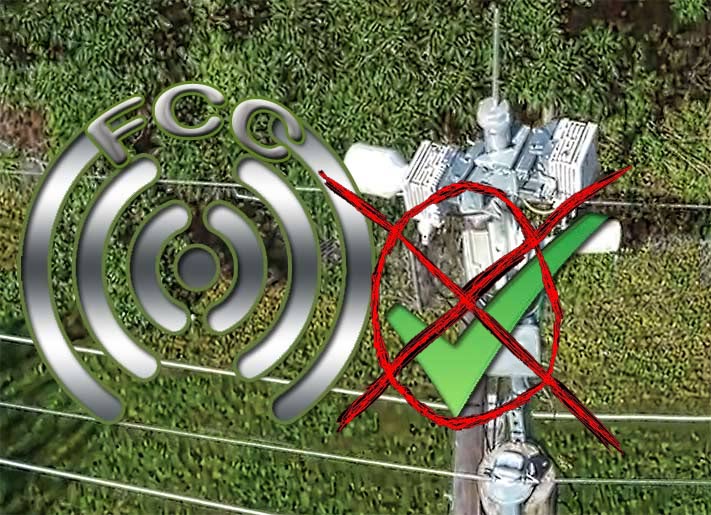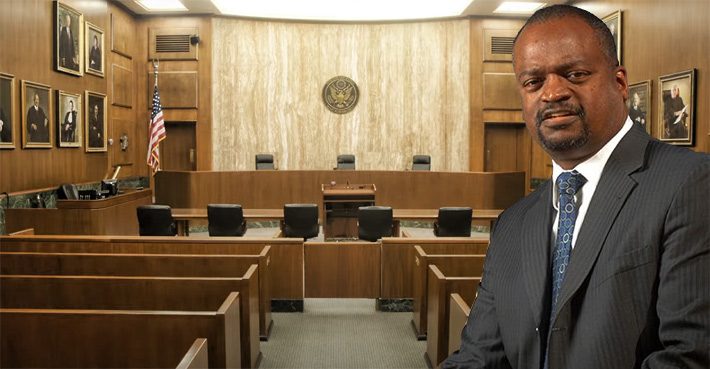
The court’s order said the FCC failed to provide a reasoned explanation that its guidelines adequately protect against harmful effects of exposure to radiofrequency radiation unrelated to cancer. The justices said they weren’t taking a position in the scientific debate, they just wanted a more reasoned explanation.
Last Friday, the U.S. Court of Appeals for the D.C. Circuit said the FCC’s decision in 2019 that its 1996 radio frequency emission guidelines adequately protect the public was arbitrary and capricious and not evidence based, in violation of the Administrative Procedures Act.

During oral arguments in January, Circuit Judge Robert L. Wilkins questioned the FCC’s reliance upon possibly elusive FDA committees and working groups and said he was “inclined” to rule against the FCC.
In response to a petition by health groups led by the Environmental Health Trust that was argued on January 25, 2021, the court ruled that the FCC “failed to provide a reasoned explanation for its determination that its guidelines adequately protect against the harmful effects of exposure to radiofrequency radiation unrelated to cancer.”
During oral arguments it appeared that the FCC’s case was on shaky grounds when U.S. Circuit Judge Robert L. Wilkins questioned whether the FCC properly cited two working groups under the Federal Drug Administration’s direction that are supposed to monitor the possibility of wireless ills, stating the FCC failed to explore how these bodies contributed to the record and to substantiate whether they exist at all.
“I’m just going to be very upfront with why I’m inclined to rule against you,” Judge Wilkins informed FCC General Counsel Ashley Boizelle.
Last week’s decision said that the FCC must provide a reasoned explanation for its determination that its guidelines adequately protect against harmful effects of exposure to radiofrequency radiation unrelated to cancer.
“It must, in particular, (i) provide a reasoned explanation for its decision to retain its testing procedures for determining whether cell phones and other portable electronic devices comply with its guidelines, (ii) address the impacts of RF radiation on children, the health implications of long-term exposure to RF radiation, the ubiquity of wireless devices, and other technological developments that have occurred since the Commission last updated its guidelines, and (iii) address the impacts of RF radiation on the environment. To be clear, we take no position in the scientific debate regarding the health and environmental effects of RF radiation—we merely conclude that the Commission’s cursory analysis of material record evidence was insufficient as a matter of law,” the order stated.
The court also found that the analysis provided by the U.S. Federal Drug Administration, on which the FCC relied for its decision, was also not evidence based.
The court said that there may be credible explanations not to change the standards, but the FCC did not supply them.
“To be clear, we take no position in the scientific debate regarding the health and environmental effects of RF radiation — we merely conclude that the Commission’s cursory analysis of material record evidence was insufficient as a matter of law,” the order stated.
In a statement to Politico, CTIA said in the court’s findings that the FCC had, in fact, adequately explained its conclusion that such radiation at levels under the FCC’s limit did not cause cancer. In a statement, the group said the decision “expressly upholds the FCC’s determination that mobile phones and networks do not cause cancer.”
The FCC will be heading back to the drawing board to provide a reasoned explanation to the court for its determination that its guidelines adequately “protect against harmful effects of exposure to radio frequency radiation unrelated to cancer.”

















